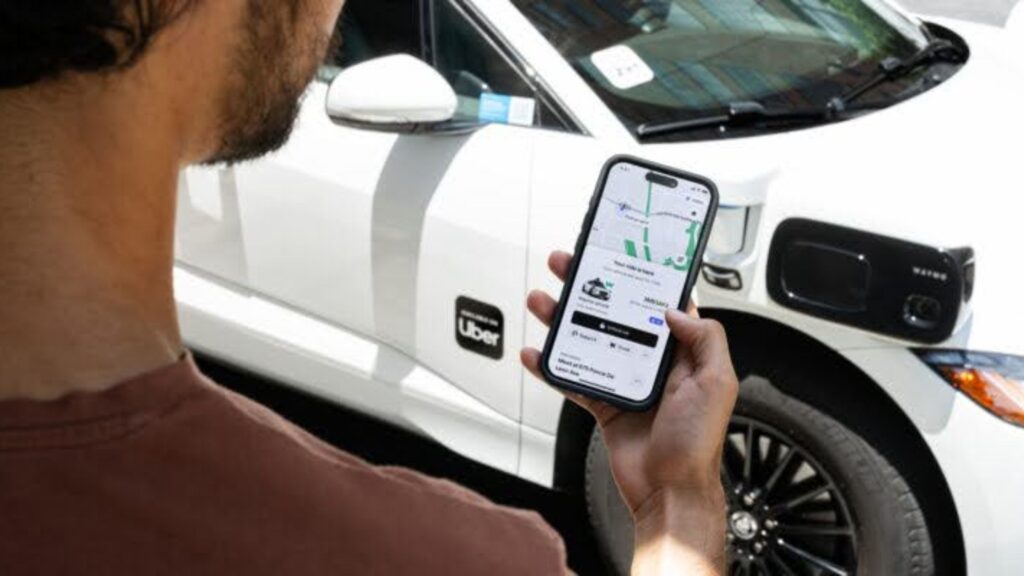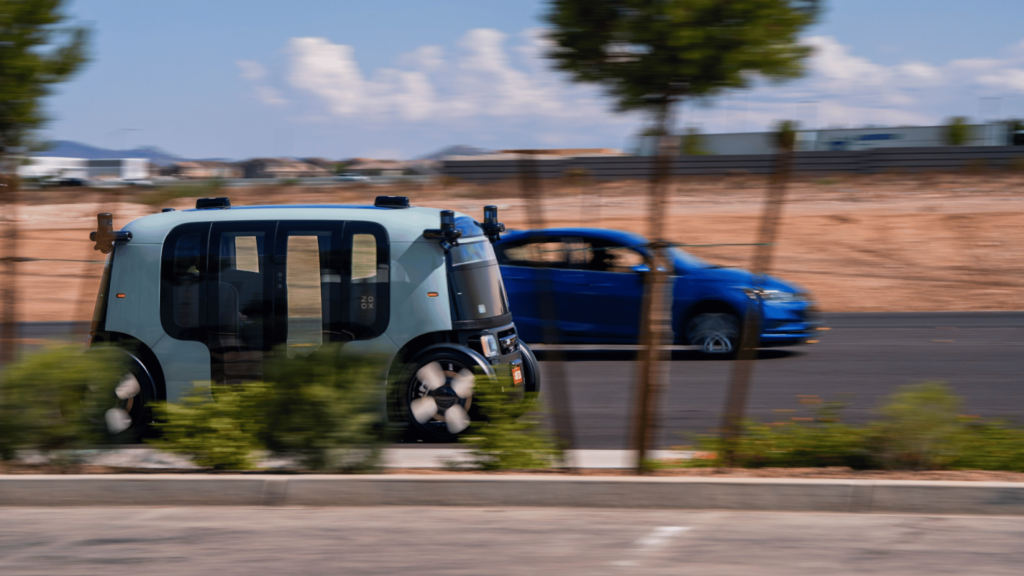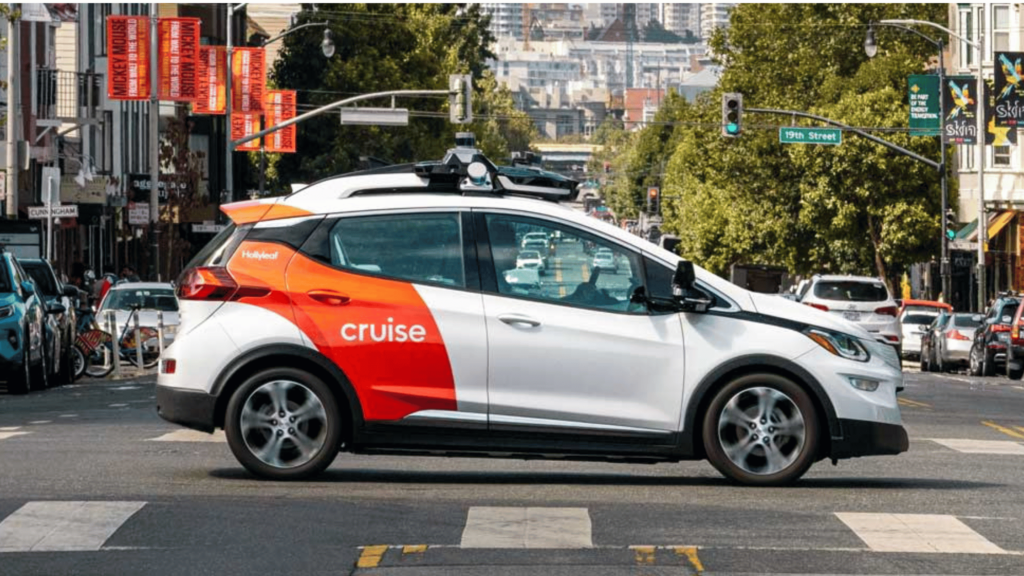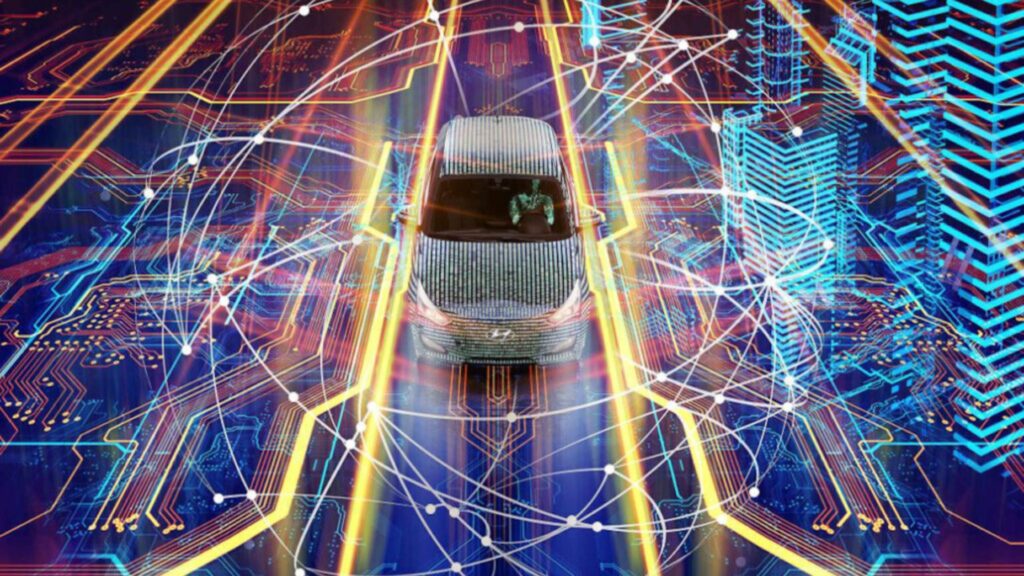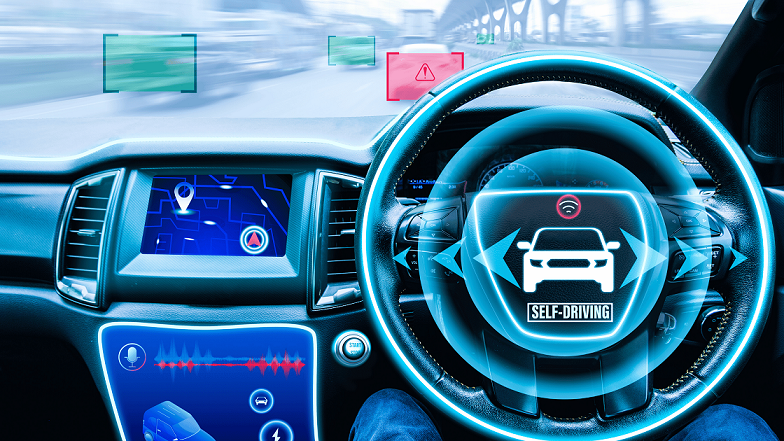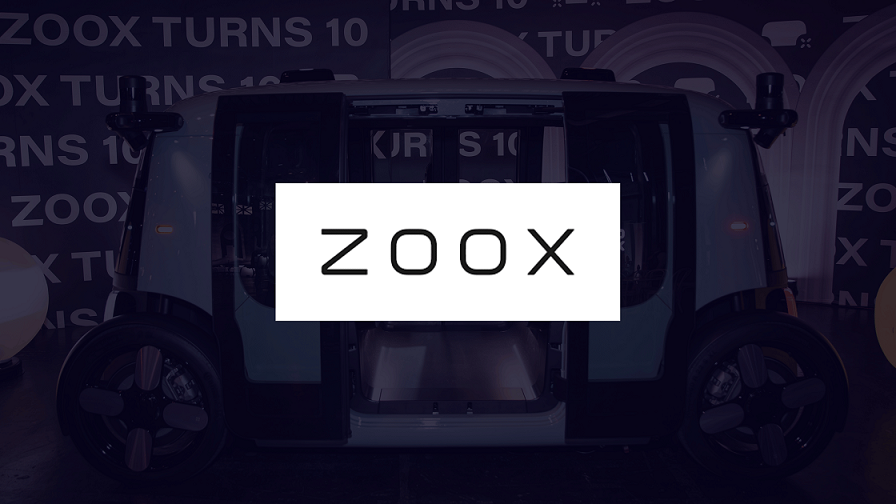Table of Contents
Key Points
- Atlanta Uber passengers are canceling an average of 20 human-driven rides to secure a Waymo robotaxi
- Waymo self-driving cars launched on Uber in Atlanta in June 2025, covering 65 square miles
- Riders report 88% fewer serious injuries with Waymo compared to human drivers over 71 million miles
- Waymo vehicles receive average ratings of 4.9 stars from passengers, as Uber stock surged nearly 8% following the Atlanta Waymo rollout
Something interesting is happening on the streets of Atlanta. Uber passengers are increasingly abandoning human drivers in favor of Waymo self-driving cars. Since the launch of Waymo’s services on Uber’s platform in June 2025, this fascinating behavioral pattern has caught widespread attention, speaking volumes about the future of urban mobility.
The “Cancellation Game” Phenomenon
What’s being dubbed as the “cancellation game” has become a common practice among Atlanta riders. Passengers are repeatedly cancelling rides with human drivers until they are matched with a Waymo self-driving taxi, highlighting just how quickly demand for autonomous rides is growing.
The dedication of some riders is striking. One Atlanta resident admitted he cancels an average of 20 human drivers before securing a Waymo, calling it “a game.” He has taken more than 30 robotaxi trips so far.
“The fact that it’s so challenging to get has turned it into a game.” – Nate Galesic, an Atlanta resident who has taken about 35 Waymo rides since late June 2025.
Understanding Atlanta’s Waymo Integration
Waymo driverless cars are now available through Uber across 65 square miles in Atlanta. The service area strategically covers key neighborhoods, including Downtown Atlanta, Buckhead, and Capitol View, ensuring accessibility to major business and residential districts.
Users who request Uber Green, Uber X, Uber Comfort, or Uber Comfort Electric options could be paired with a Waymo vehicle for certain trips. However, the system doesn’t guarantee autonomous vehicle availability, which has led to the widespread ride cancellation behavior we’re seeing.
Fleet Size and Expansion Plans
Currently, Waymo operates dozens of robotaxis in Atlanta, but the company has ambitious growth plans. Uber said it now supports over 1.5 million autonomous trips annually and plans to grow the number of robotaxis in Atlanta over the next few years.
To put this in perspective, in Austin, where Waymo rides are also exclusively available on Uber, there are now 100 Waymo vehicles on the platform, and that number is growing as the fleet scales across both Austin and Atlanta.
What Makes Waymo So Appealing?

The most compelling factor drawing Atlanta riders to Waymo appears to be safety.
“I felt safer than I ever have in an Uber. The technology is impressive, and you can see all the sensors working to keep you safe.” An Atlanta rider said.
Across 71 million driverless miles, according to the company’s safety report, Waymo has recorded 88% fewer serious injury collisions than human drivers.
Additional safety data reinforces this advantage:
| Safety Metric | Waymo Performance vs Human Drivers |
| Serious injury collisions | 88% fewer |
| Crashes with airbag deployment | 84% fewer |
| Injury-causing crashes | 73% fewer |
| Police-reported crashes | 48% fewer |
Exceptional User Experience
Customer satisfaction ratings tell a compelling story. In Austin, customers have been rating their Waymo trips, on average, as 4.9 stars, proof that the technology is delivering on user expectations. This near-perfect rating suggests that the autonomous driving experience is meeting and often exceeding passenger expectations.
Cost-Effective Transportation
Affordability is another attractive factor. Another rider described the journeys as cheap—under $12—and limited to surface streets rather than freeways. This pricing structure makes autonomous rides accessible to a broad range of consumers, not just early tech adopters.
The Broader Market Impact
The enthusiasm for Waymo in Atlanta has had tangible effects on Uber’s market performance. News of the Waymo partnership has also benefited Uber financially. The company’s stock surged nearly 8% following the Atlanta rollout, pushing it close to an all-time high.
Also, Atlanta’s success is part of a larger autonomous vehicle deployment strategy. Waymo serves 250,000+ trips weekly to riders across the nation — making it the early frontrunner in the still-nascent robotaxi market.
Passenger Perspectives and Experiences
The human element of this technological shift provides fascinating insights into changing transportation preferences. Riders consistently express enthusiasm about their autonomous experiences, often describing them as smoother, more predictable, and less stressful than traditional rides.
“The car follows every traffic rule perfectly,” shares one frequent Waymo user. “There’s no aggressive driving, no phone conversations, no music I don’t want to hear. It’s just peaceful transportation.”
Another rider said, “I’ve always dreamt about the day when I could just pass out on the way to and from work,” highlighting the relaxation offered by autonomous vehicles.
Optimizing Your Waymo Experience
For Atlanta riders looking to secure autonomous rides more efficiently, Uber offers several recommendations:
- Avoid freeway trips: Waymo currently operates on surface streets only
- Skip peak hours: Demand is highest during rush periods
- Stay within the service zone: Ensure both pickup and drop-off locations are within the 65-square-mile coverage area
- Use compatible ride types: Request UberX, Uber Green, Uber Comfort, or Uber Comfort Electric
Challenges and Considerations
Limited Availability
Despite growing demand, Waymo’s current fleet size creates availability challenges. The dozens of vehicles currently operating can’t meet peak demand, leading to the cancellation behavior we’re observing.
Geographic Limitations
The restriction to surface streets means highway trips aren’t available through Waymo, limiting the service for longer-distance travel within the metropolitan area.
Public Acceptance Curve
While Atlanta shows strong adoption, critics remain sceptical due to some autonomous car crashes and tech fails, indicating that broader public acceptance will require continued demonstration of safety and reliability.
Looking Ahead: The Future of Urban Mobility
The autonomous vehicle industry is gaining institutional recognition. Waymo’s ride-hailing service received a 3-star rating (the highest possible) on the FIA Road Safety Index. This recognition from an international automotive federation validates the safety protocols and operational standards Waymo has established.
Through March 2025, Waymo has driven 71M rider-only miles without a human driver, accumulating invaluable real-world driving data that continues to improve the autonomous driving algorithms.
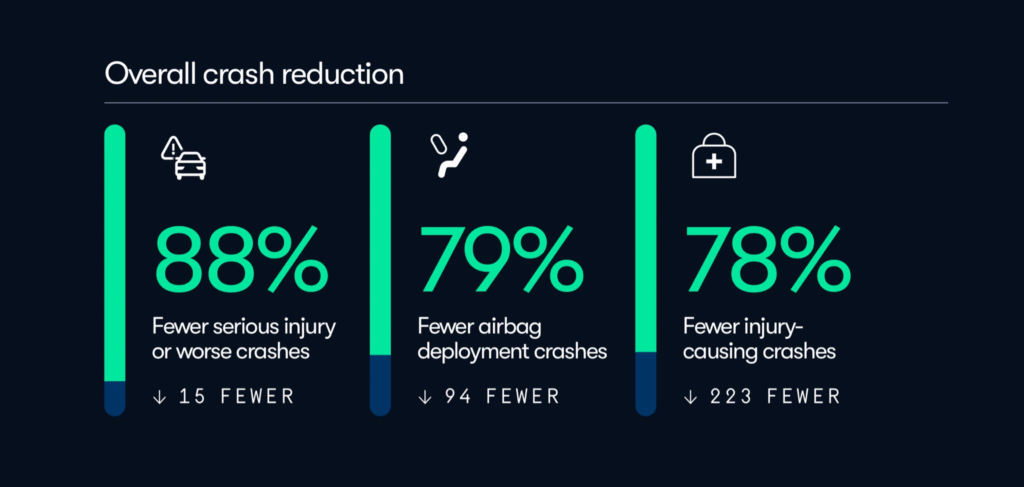
Furthermore, Waymo’s integration with Uber positions both companies at the forefront of the transportation revolution. As the technology continues to prove itself in markets like Atlanta and Austin, expansion to additional cities becomes increasingly viable.
Implications for the Transportation Industry
The Atlanta phenomenon represents more than consumer preference—it signals a fundamental shift in how people think about transportation safety and convenience. When passengers actively work to avoid human drivers in favor of autonomous alternatives, it suggests we’ve reached an inflection point in transportation technology adoption.
The willingness of riders to cancel multiple trips to secure an autonomous vehicle demonstrates that Waymo self-driving cars aren’t just robots on four wheels—they’re becoming the preferred choice for urban transportation. This preference is driven by concrete benefits: superior safety records, consistent service quality, and competitive pricing.
The transformation happening on Atlanta’s streets today may well represent the beginning of a new era in urban mobility, where autonomous vehicles transition from futuristic concept to everyday reality. For residents of Atlanta, that future is already here—and they’re choosing it, one canceled ride at a time.
You May Also Like:
The Lucid, Nuro, and Uber Robotaxi Deal: Everything You Should Know
10 Key Facts About Tensor: U.S. AV Startup Building World’s First Personal Robocar
Women in the US are Turning to Driverless Taxis Over Rideshare Services. Here’s Why!

I’m Dr. Brandial Bright, also known as the AVangelist. As a dedicated and passionate researcher in autonomous and electric vehicles (AVs and EVs), my mission is to educate and raise awareness within the automotive industry. As the Founder and Managing Partner of Fifth Level Consulting, I promote the adoption and innovation of advanced vehicle technologies through speaking engagements, consulting, and research as we progress to level 5 fully autonomous vehicles.

